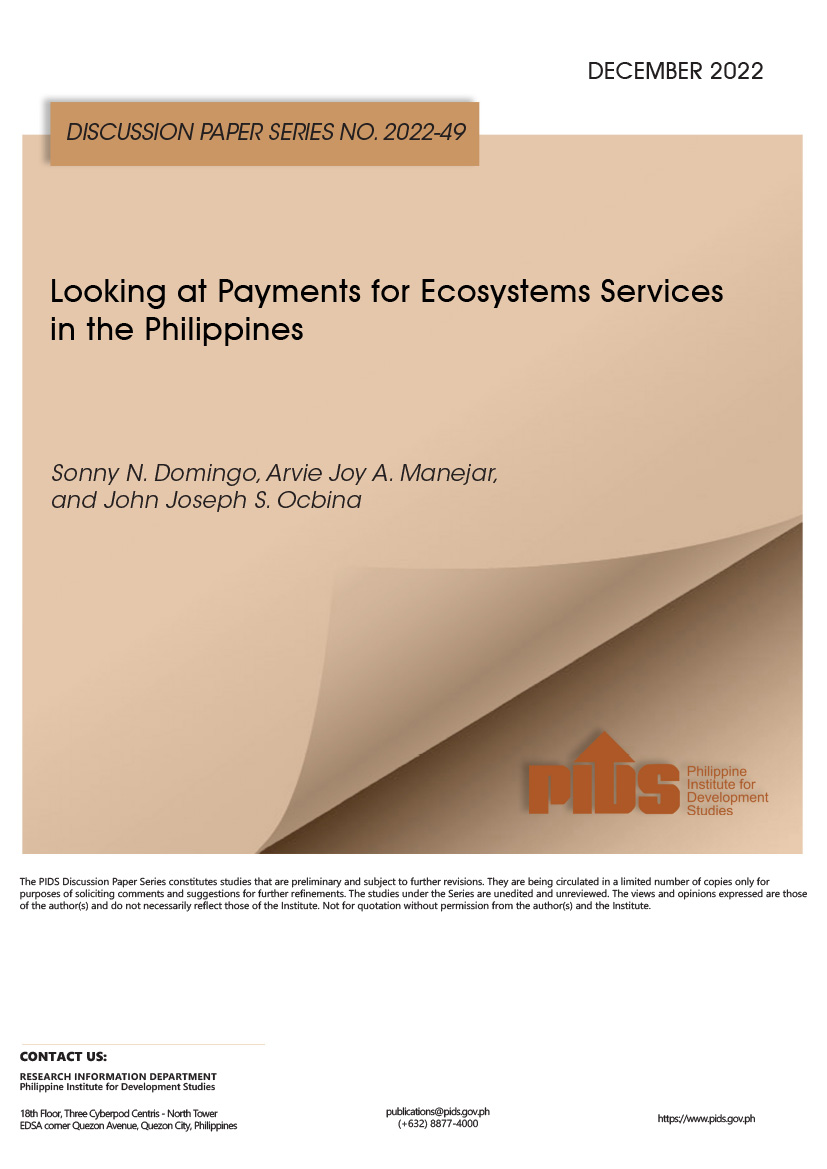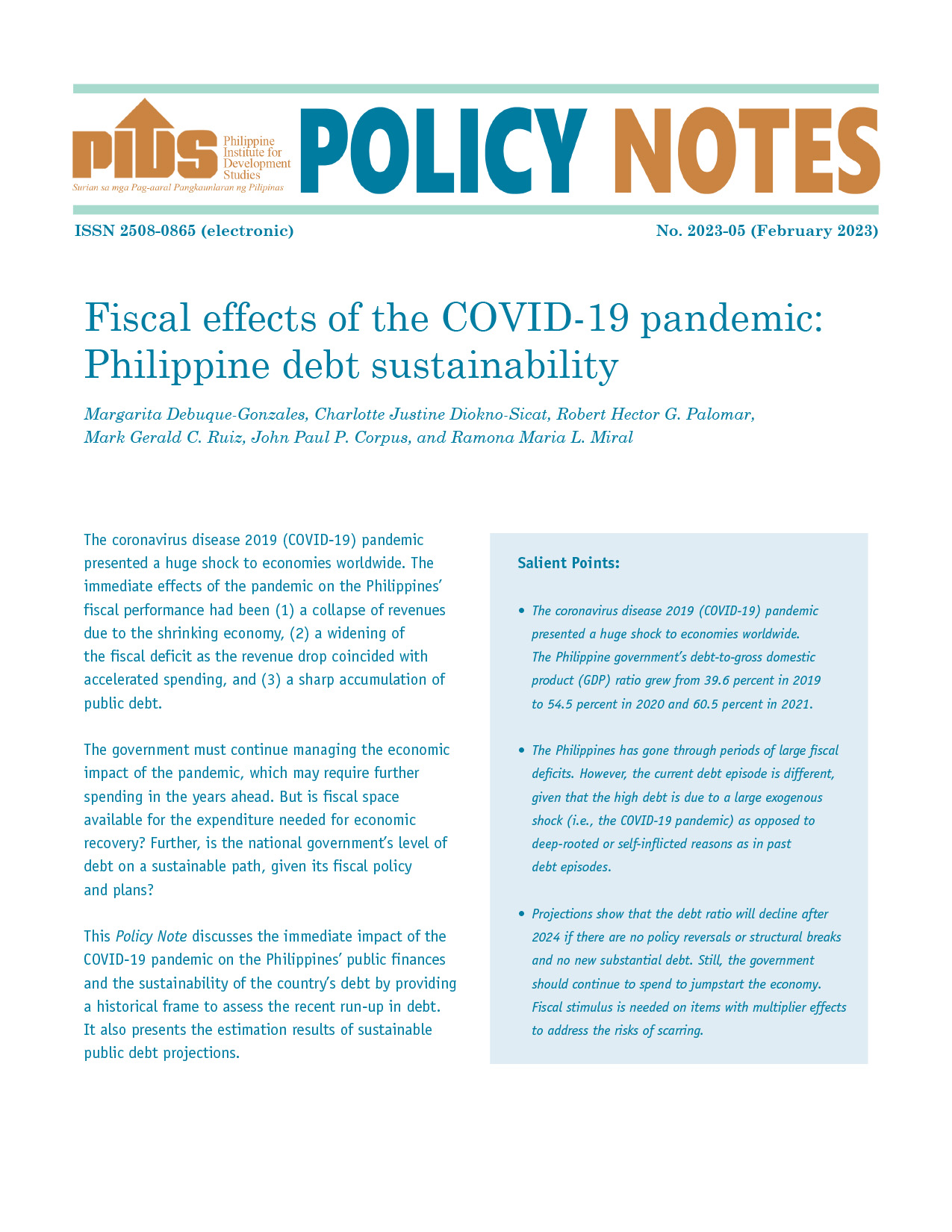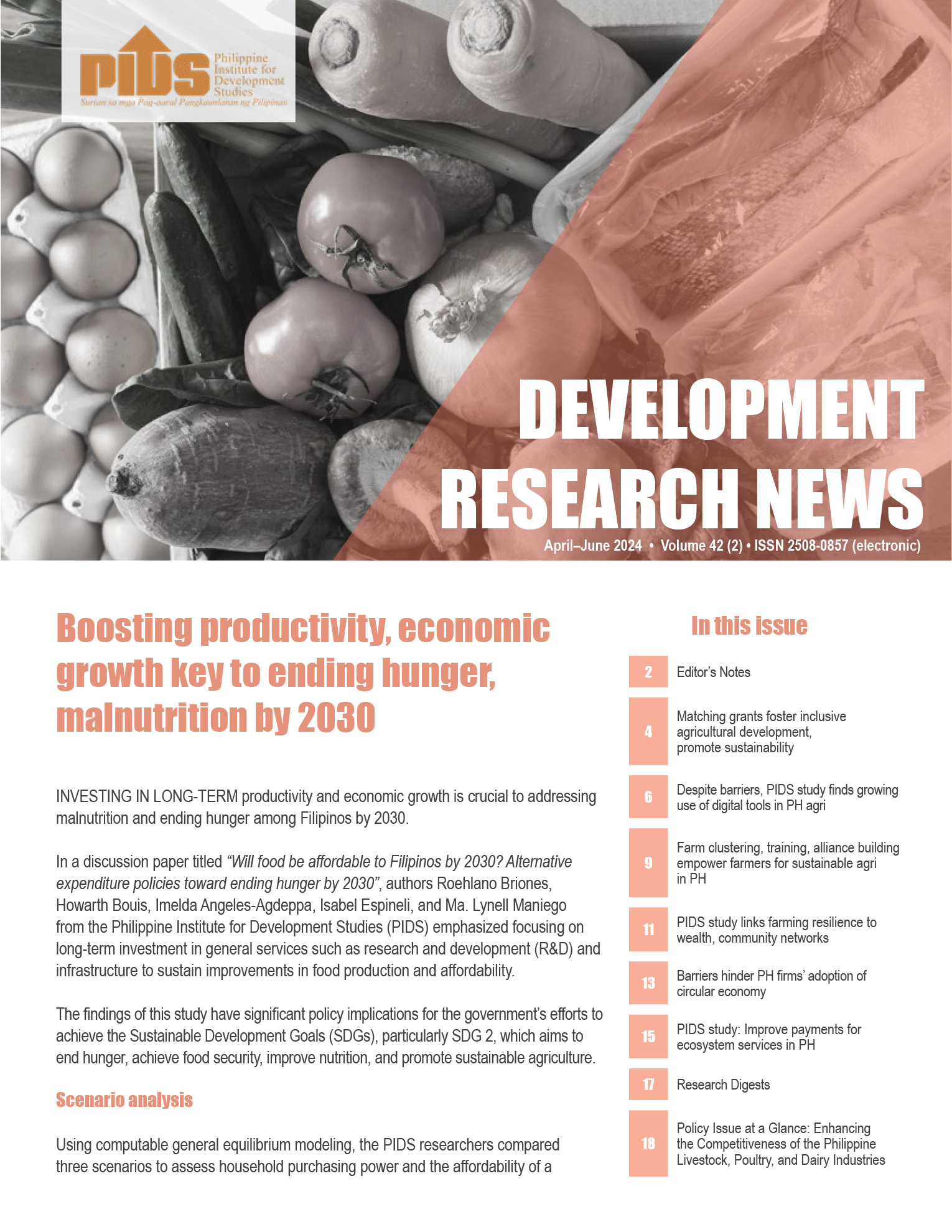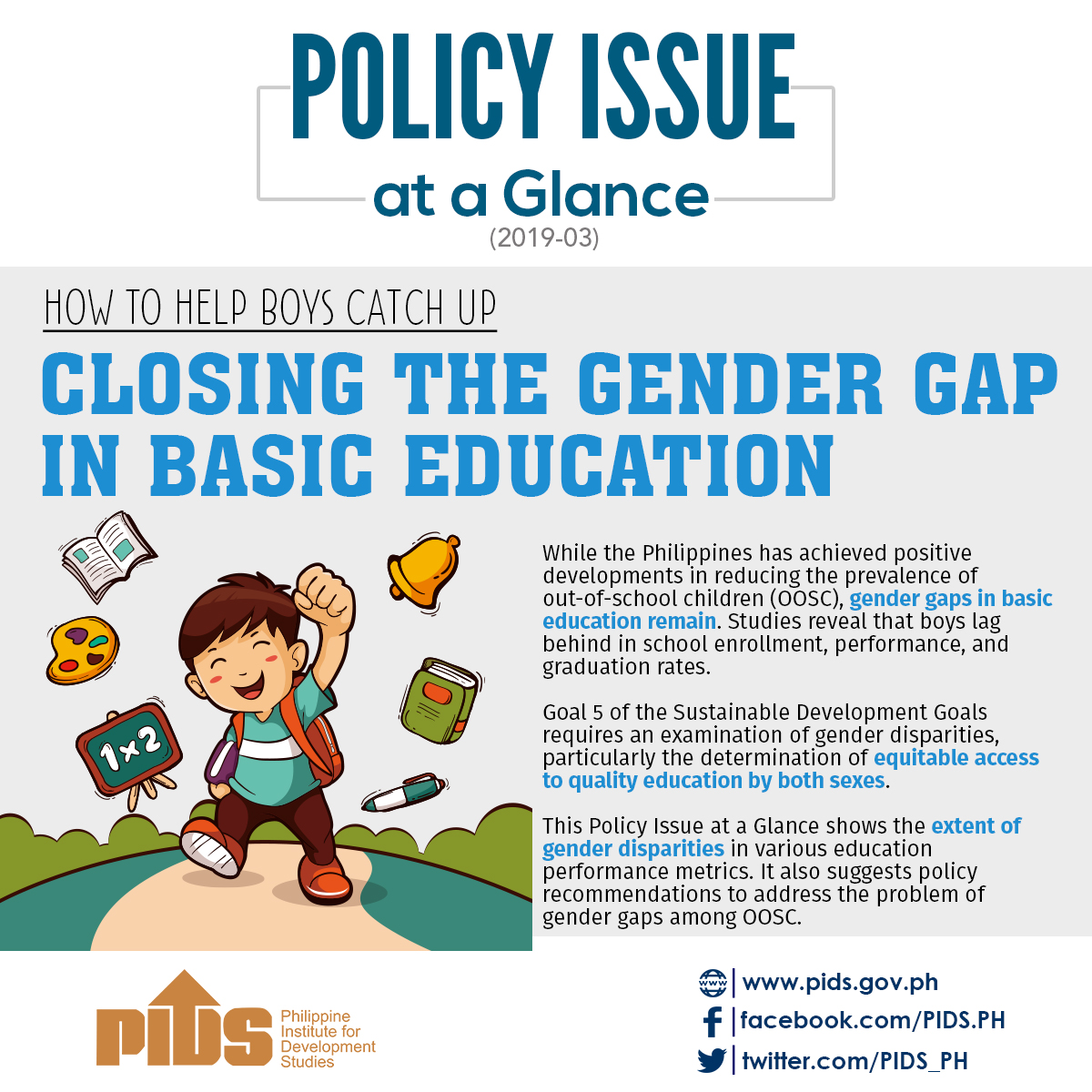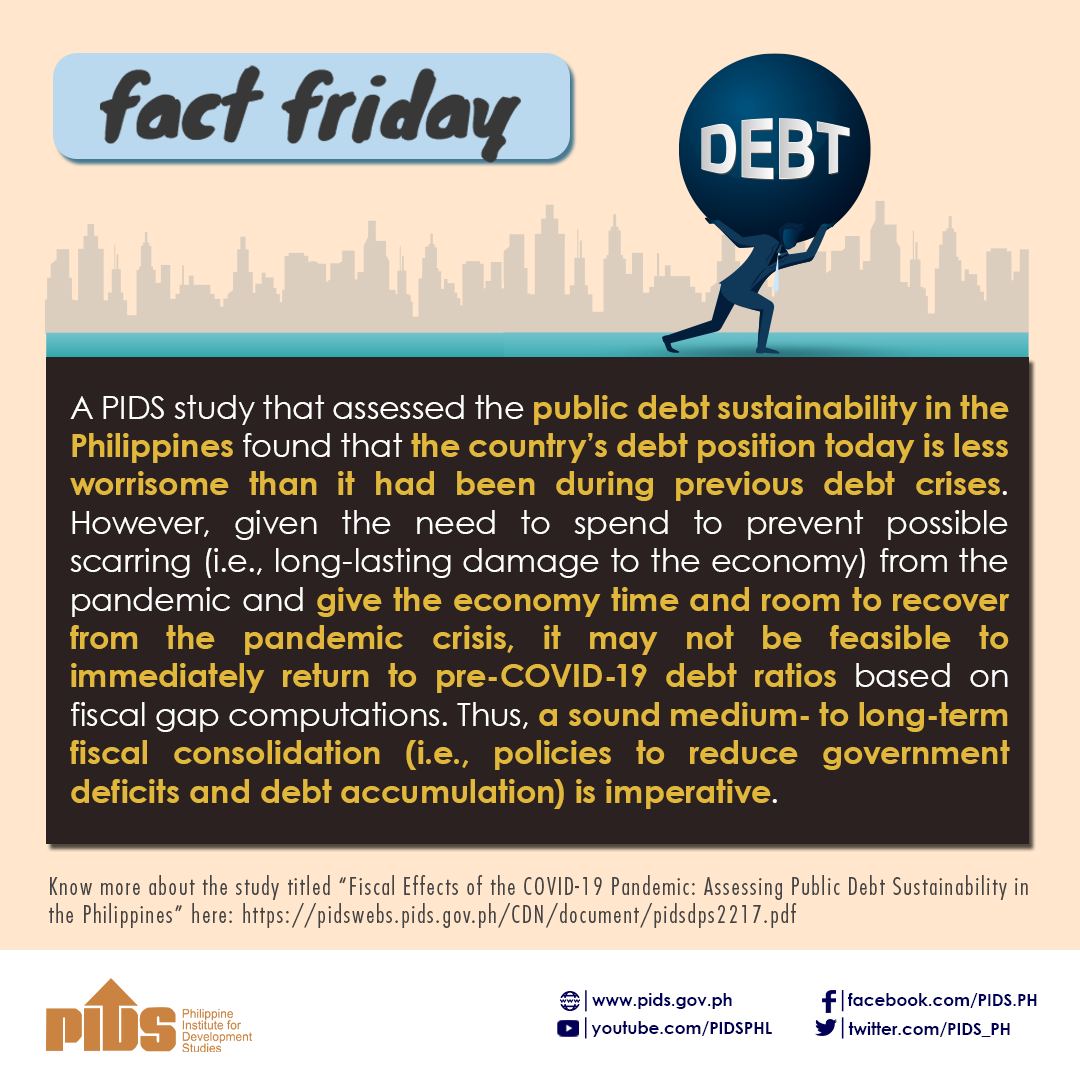Debt payments by the national government fell 32.97 percent in January from a year earlier as amortization dropped during the period, data released by the Bureau of the Treasury (BTr) on Sunday showed.
BTr data posted on its website showed debt payments in January stood at P106.51 billion, compared with P158.898 billion in January 2024.
Amortization declined 97.55 percent to P2.075 billion from P84.677 billion in the year-earlier period.
Debt maturities
John Paolo Rivera, Philippine Institute for Development Studies senior research fellow, said the sharp decline in debt service suggests several key trends in the government’s fiscal strategy.
The substantial drop in amortization reflects the timing in maturity, rather than a fundamental shift in borrowing policy, the senior research fellow said.
“Some large maturities may have fallen outside January’s reporting period. As I have mentioned before, the government is front-loading its borrowings as seen in the higher Q2 (second-quarter) borrowing program. This may have allowed for more flexibility in servicing obligations at a later period,” he said.
“The shift toward longer-term and lower-cost financing options could be another factor, with the government possibly deferring some repayments by rolling over obligations to manage cash flow. The government often adjusts debt repayments to match its revenue cycle, meaning some major amortization payments may come in later months, Rivera added.
Interest payments
On the other hand, BTr data showed interest payments in January totaled to P104.435 billion, up 40.71 percent from P74.221 billion in January 2024.
The BTr said the increase in interest payments merely reflects a shift in the timing of coupon payments as a result of the issuance strategy for multiple re-offerings of treasury bonds originally issued in January last year. This was adopted to improve trading activity in the secondary market. There was also the earlier servicing of a global bond with its February 1 coupon date falling on a weekend.
Ateneo de Manila University economist Leonardo Lanzona said the sharp decline in amortization may indicate that the government refinanced upcoming maturities in prior years.
“The government may have proactively repurchased or swapped high-cost debt in 2024, smoothing out repayment schedules,” Lanzona added.
Rivera said the significant increase in interest payments may be due to the higher interest rate environment and a larger stock of outstanding debt from previous borrowings.
“Likewise, the jump in interest payments underscores the heavier debt burden from higher domestic and external borrowing costs,” he said.
Risk of expenditure limits
As interest expenses continue to go up, there is the danger of creating a parallel limit to fiscal space for critical expenditures in infrastructure, social services and economic stimulus programs, Rivera added.
The increase in interest payments could also reflect the elevated levels of domestic interest rates early this year, Lanzona said.
“Rising interest costs can widen the budget deficits, crowd out private spending and increase debt sustainability risks,” he added.
Full-yr debt service
According to the Budget of Expenditures and Sources of Financing for fiscal year 2025, the national government’s debt service is expected to reach P2.051 trillion this year.
Nearly 59 percent or P1.203 trillion will go to principal amortization obligations, while 41.34 percent or P848.031 billion will cover interest payments.
Michael Ricafort, Rizal Commercial Banking Corp. chief economist, said the sharp increase in interest payments may have to do with interest rates that remain relatively higher since 2022, and the weaker peso exchange rate in January 2025 that increased the peso equivalent of external debt interest payments.
He said the Philippines accumulated additional debt during the COVID-19 pandemic, and that the government is now servicing the payments for those debts.
“Thus, there is a need to bring down the share of debt servicing costs as a percentage of the total national budget as a test of the need for more tax reform and other fiscal reform measures to structurally narrow the budget deficit and curb the growth in overall debt in view of the large borrowings since the COVID-19 pandemic,” Ricafort added.

